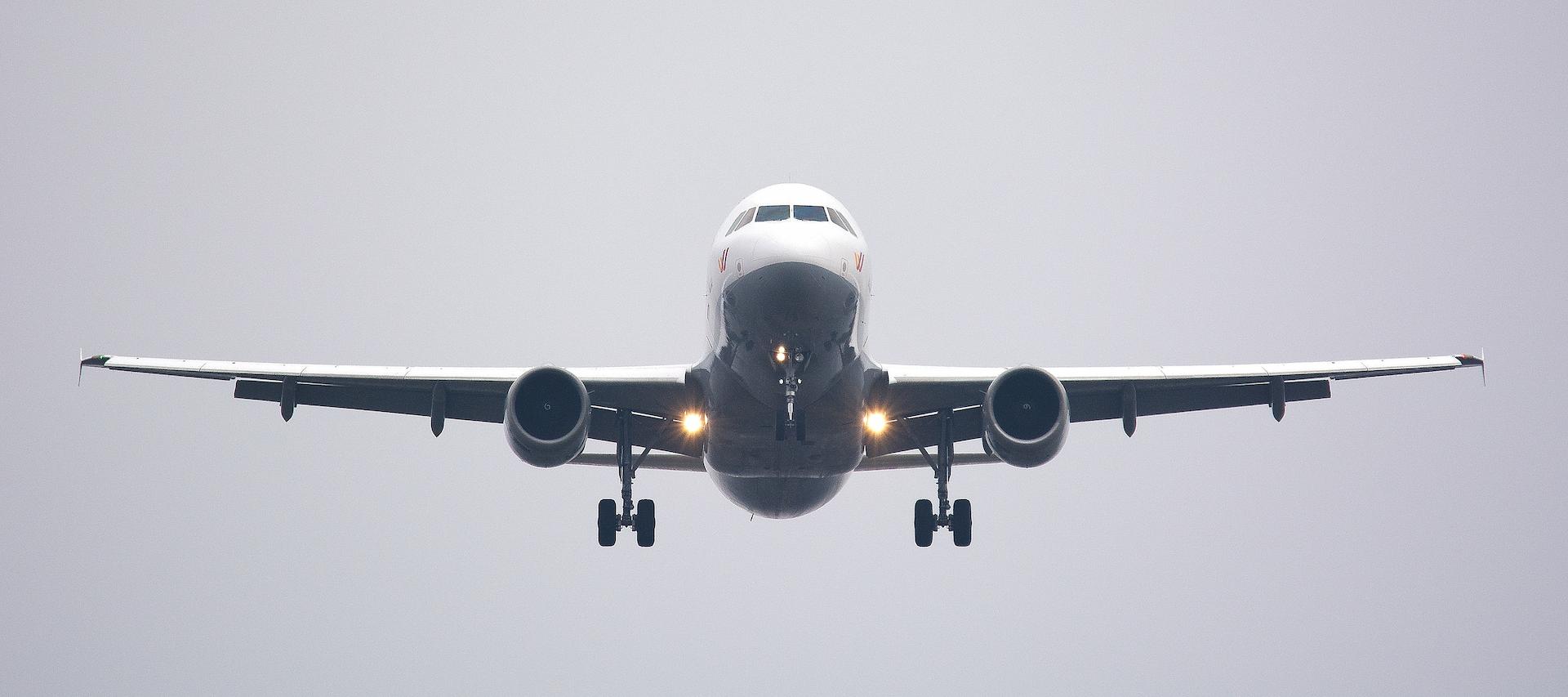Is addressed to:
Operators of Commercial Air transport (CAT Fixed Wing and Rotorcraft)
Ground de/anti-icing service providers
Briefing:
Recipients must ensure that this notice is communicated to all members of their staff who need to take appropriate action or who may be interested in the contents of the notice.
INTRODUCTION
Exposure to weather conditions on the ground conductive to ice formation can cause the accumulation of frost, snow, slush, or ice on aircraft surfaces and components. These contaminants can adversely affect aircraft performance, stability, control, and operation of mechanical devices such as control surfaces, sensors, flaps, and landing gear. If frozen deposits are present, other than those considered in the aircraft certification process, the performance of the aircraft may be compromised.
SAE Type II, III and IV fluids
Anti-icing is a process in which special anti-icing liquids are sprayed with the help of special machines on various parts of the aircraft and mainly on the aerodynamic surfaces to prevent the accumulation of snow or ice residues on said surfaces.
More general information about the fluids used can be found at https://en.wikipedia.org/wiki/Aircraft_deicing_fluid. It is noted that the mentioned liquids follow the specifications of the SAE AMS 1428 Standard.
Ground handlers who apply anti-icing process must supply SAE Type II, III and IV fluids that are certified to the requirements of SAE AMS 1428.
The performance of an anti-icing fluid is mainly measured by Hold Over Time (HOT) and Lowest Operational Use Temperature (LOUT).
Hold Over Time (HOT), is the time period of an aircraft can wait before take-off. It is between the moment the anti-icing application commences until the commencement of the take-off roll taxi. This time period is necessary so that no icing "pollution" is created on the surfaces of the aircraft, while the viscosity of the liquid on the wings does not increase (due to freezing of the liquid itself) and is maintained at such levels that when the aircraft accelerates during the take-off roll taxi the liquid flows off the wing and thus the aerodynamic surfaces are clean. HOT is affected by various factors such as fluid dilution, ambient temperature, wind, snowfall, humidity, aircraft wing material, aircraft wing temperature, etc. If the calculated waiting period (time) is exceeded, the aircraft must again undergo a new de/anti-icing procedure before the commencement of take-off.
Lowest Operational Use Temperature (LOUT) is the lowest temperature at which an anti-icing fluid will adequately "flow" from the critical surfaces of the aircraft and must maintain the freezing point of Type II, III and IV fluid 7°C (13°F) lower than outside air temperature (OAT).
Anti-icing process
The SAE AS6285 Standard contains detailed instructions for the entire anti-icing process, from the supply/storage of fluids to their application methods (including minimum application quantities), the obligations of ground handling operators and aircraft crew, and finally the requirements for "communication" between crew and carrier performing anti-icing procedure.
The SAE AS6286 Standard specifies the minimum training and qualification requirements for aircraft de-icing/anti-icing methods and procedures on the ground.
Ground handling operators and airlines are requested to follow the standards mentioned above (SAE AS6285 & AS6286).
SIB 2022-11 from EASA, attention points
EASA issued the above SIB for the awareness of those who apply anti-icing techniques, specifically with the fact that the reported amounts of anti-icing fluids in table B.2.4. of Annex B of SAE AS6286, may not be sufficient.
In particular, EASA recommends that airline and ground handling personnel who perform anti-icing procedures with the application of anti-icing fluids ensure that the calculated HOT can be achieved taking into account the following:
- Table B.2.4 'Quantity of liquid for anti-icing with condensed liquids', included in Annex B of AS6286 should not be used.
- Anti-icing fluids must be applied to completely cover the surfaces (especially the aerodynamic ones) and form a uniform coating. Adequate anti-icing is considered to have been applied when it is visually confirmed that anti-icing has just begun to ooze (drip) from the leading and trailing edges of the surfaces.
- The anti-icing application process should be continuous and performed as close to departure time as possible to maximize the available HOT.
- Although the "thickness" of the anti-icing fluid varies depending on the time of application and the profile of the wing surface, relative care must be taken by operators when applying the fluid so that it is evenly applied. To check for uniform application, all horizontal surfaces of the aircraft must be visually inspected.
- Operator’s manuals or any other supporting documents available to organizations should be checked and revised, where necessary, to ensure proper application of anti-icing fluids.
- Training in proper anti-icing fluid application should align with SAE AS6285 Standard.





